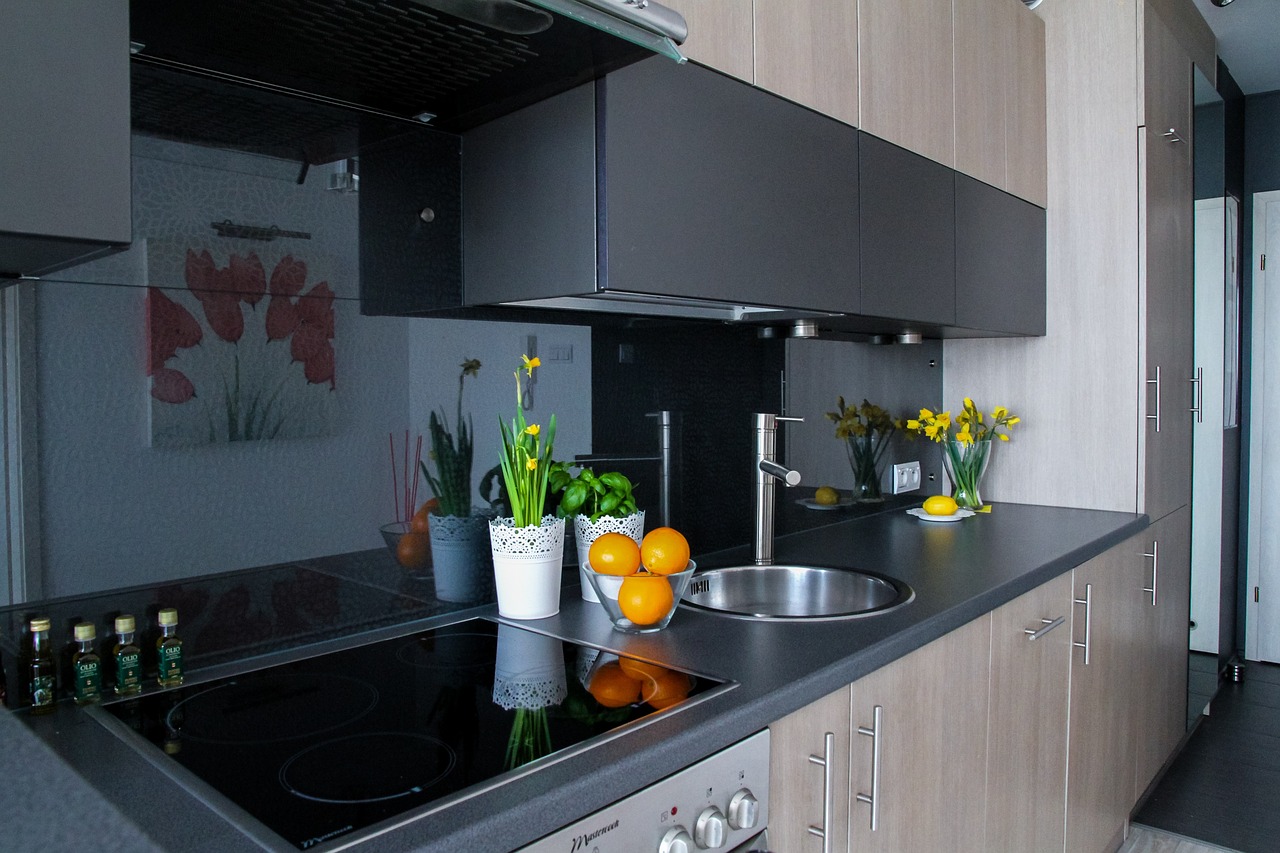ATTENTION: property investors
Types of Rent-to-Rent Strategies: A Complete Guide
Rent-to-Rent (R2R) is a popular property strategy that allows investors to generate cash flow without owning property. It involves leasing a property from a landlord, improving its management, and renting it out at a higher price for profit. If you’re considering Rent-to-Rent, it’s essential to understand the different strategies available. Let’s break them down.
Rent-to-Rent (SA)
This strategy involves leasing a property and transforming it into short-term accommodation for guests on platforms like Airbnb and Booking.com. It’s an excellent model for high cash flow but requires strong management.
What is it?
Pros:
High profit margins from short-term bookings. Attracts corporate guests, contractors, and tourists. Potential for year-round occupancy in high-demand areas
Cons:
Requires active management and guest turnover. Subject to local regulations and restrictions on short-term lets. Seasonal fluctuations in occupancy
Serviced accommodation requires efficient systems for cleaning, guest communication, and pricing adjustments. Property owners should invest in high-quality furnishings to maintain a luxury experience. Many landlords also use dynamic pricing tools to maximise revenue during peak seasons. Understanding local competition and maintaining strong guest reviews are essential for success.

Rent-to-Rent HMO
An investor leases a property, converts it into an HMO, and rents rooms to multiple tenants. This model works well in cities with high rental demand from students or professionals.
What is it?
Pros:
Generates steady monthly income from multiple tenants. Lower risk of full vacancy compared to single lets. Higher return on investment than standard buy-to-let
Cons:
Requires compliance with HMO licensing and regulations. Potential management challenges with multiple tenants. Upfront cost of furnishing and converting the property
HMOs require strict adherence to fire safety and licensing laws, including installing fire doors, alarms, and adequate facilities. Managing tenant dynamics and maintaining communal areas are critical factors for long-term success. For student lets, landlords often sign contracts at the beginning of the academic year, ensuring stable occupancy. However, sum

Rent-to-Rent Social Housing
This strategy involves leasing a property and renting it to local councils or housing associations to provide accommodation for vulnerable tenants.
What is it?
Pros:
Long-term, guaranteed rent from the council or housing provider. No need to deal with tenant turnover or management. Provides a socially responsible housing solution
Cons:
Can have lower profit margins than other R2R models. Requires meeting specific property standards. Limited flexibility in tenant selection
Social housing contracts often come with extended lease terms, sometimes lasting several years. Landlords must ensure the property meets regulatory standards, including safety requirements and basic furnishings. While the profit margins may be lower, the guaranteed income and minimal tenant management make this an attractive hands-off strategy.

Rent-to-Rent Corporate Lets
Corporate lets involve renting a property to companies for their employees, often on medium to long-term contracts.
What is it?
Pros:
Less hassle than short-term lets with fewer tenant changes. Attracts reliable, professional tenants. Higher rental income than standard long-term lets
Cons:
Requires networking to secure corporate clients. May need to furnish the property to a high standard. Longer void periods between contracts
Corporate lets require high-quality presentation and location-based appeal. Business travelers often expect premium furnishings, WiFi, and workspace amenities. Networking with HR departments of large firms can lead to lucrative contracts. While void periods can be longer, establishing good relationships with corporate clients can lead to repeat business and long-term occupancy.

Which Rent-to-Rent Strategy is Best for You?
Each Rent-to-Rent strategy comes with its pros and cons, and the best choice depends on your risk tolerance, experience level, and market demand.
If you’re looking for high cash flow and are comfortable with active management, Rent-to-Rent Serviced Accommodation is a great option. If you prefer stable income with less turnover, Social Housing or Corporate Lets may be ideal.
